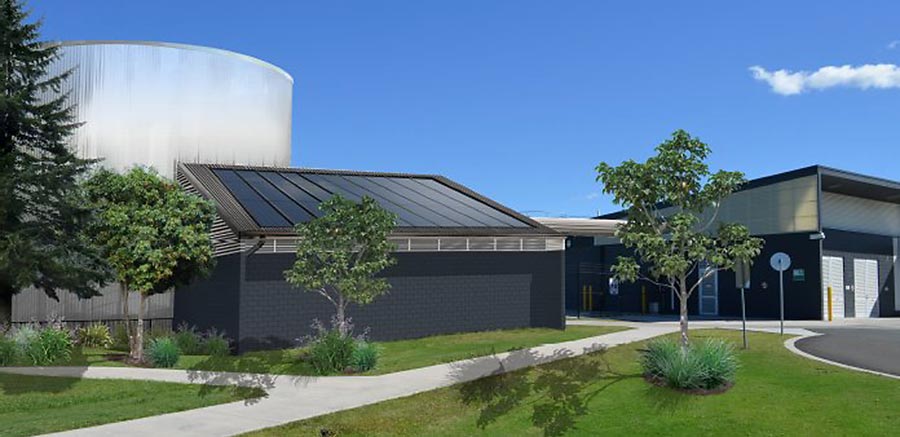Solar plant will provide cool water for AC
9th June 2018AUSTRALIA: A Queensland university has announced plans to install 5,800 solar panels and a “water battery” to provide cool water for its air conditioners.
Resource management company Veolia is to build, install and operate the 5,800 rooftop solar panels and a 4,500,000 litre water storage tank at the University of the Sunshine Coast’s main campus at Sippy Downs. It is expected to save more than 92,000 tonnes of CO2 emissions over 25 years.
Veolia will build the panels and tank at no cost to the university, operate and maintain the infrastructure for 10 years, selling the energy generated back to the university at a rate cheaper than electricity from the grid. After this time, ownership of the infrastructure will transfer to USC.
Vice-chancellor Professor Greg Hill said the project was a major step towards the university’s goal to become carbon neutral by 2025, and was expected to be operational by early 2019.
“Sixty per cent of our energy is used for chilling water for air conditioning, so our asset management services team and Veolia have come up with a way we can harness solar energy for cooling water and storing it,” he explained.
The 2.1MW photovoltaic system, with panels spread across campus rooftops and carpark structures, is expected to produce enough energy to cool the 4,500,000 litre of water, effectively acting as a 7MW battery.
It is expected to reduce the campus’ grid electricity use by 36%, leading to an estimated AUS$100m (€65m) saving over the 25-year life of the project.
The project will also use campus lake water for the air conditioning cooling towers, resulting in a saving of 802,000,000 litres of potable water.
An automated control system will select and switch to the most appropriate energy source at any given time, whether that is stored chilled water, solar energy or electricity from the grid. On cloudy days when the solar isn’t operating at peak, the system will use grid electricity at night-time when electricity rates are lower.
Professor Hill said the project will be used to teach engineering and sustainability students.
“This is proof that we’re an innovative university leading the way on sustainability initiatives, and we’re using this newest technology to inform the engineers of the future.”








